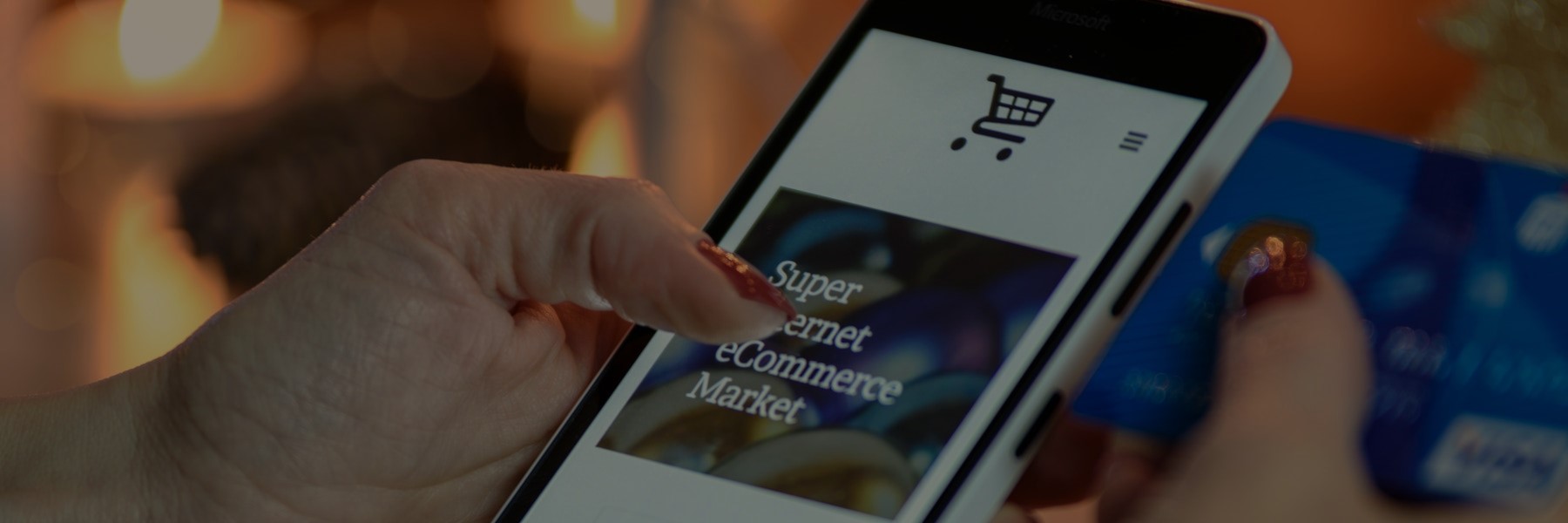E-commerce has various advantages for retailer and consumer especially the convenience factor. Arguably the most obvious are the effects digital infrastructure can have on brand loyalty and value. Branding has become far more than a logo or company culture. In 2020, online customer experience says a lot more about a brand than almost any other marketing efforts.
Customer perception
Businesses understand the impact brand loyalty have on customer retention. A strong online presence, usually in the form of a website is usually the logical first step. Additionally, today’s customers have options and are more sensitive about personal data than their predecessors. They also require a faster service. The quicker the registration and buying process, the better. We have seen this in the rise in popularity of single page checkout, for example. These realities must be reflected on all competitive e-commerce websites as they are the new faces of businesses.
Loyalty programs
Loyalty programs as a tactic has also proven effective in building brand loyalty online. These programs also allow companies to gather data and understand their customers better. They encourage repeat purchases by providing up-selling and cross-selling opportunities. Many e-commerce platforms have features that can facilitate this and third party integrations can further bolster it. However, a poorly designed site leads to poor customer engagement which has adverse effects on customer service. Unfortunately, this can nullify the positive effects of any loyalty programs. Some of our clients are taking advantage of this by providing discounts online through promo codes. Many e-commerce platforms facilitate this in different ways through specific features. In short, the long term value of rewarding loyal customers is clear to managers especially in the aftermath of a pandemic.
Logistics plays a part
Effective logistics underpinning e-commerce operations also have a notable impact on brand value. Though supply chain issues are often out of the hands of retailers, the negative customer experience associated have a lasting impact on brand loyalty. A survey by logistics vendor Narvar recently indicated a 47% increase in orders. However, it also takes a day and a half longer to fulfil orders. According to Convey data, fulfilment for large items now takes 68 hours as opposed to 32 hours previously. Thus, the right decision in selecting an effective logistics partner impacts e-commerce and branding. The online shopping experience is often the first chance to make an impression on customers. Getting this wrong could lay waste to marketing dollars and planning.
Ideally, companies want e-commerce integrated in a way that is better in sync with distribution or fulfilment centres. This alerts the fulfilment centre to orders quicker, which allows them to process faster. SIs like DigiCommerce for example can integrate 3rd party inventory management solutions that give clients real time insight into daily operation. This and constant communication will improve the overall customer experience, increasing the likelihood of repeat business. Logistics issues can potentially undo the work done by the marketing or technical team.
Social media
Lastly, intelligently integrating social media into your website is becoming increasingly popular. We can observe this from the way many businesses are using Instagram to generate sales and drive traffic to websites. This is particularly effective for millennial and Gen Z customer who are more active on social media. This does wonders for brand loyalty, customer retention. It gives retailers access to customers that their marketing efforts might not have reached otherwise. Asos and Fashion Nova are good examples of businesses using social media to push branding.
According to a study done by marketing blog, Ambassador 33% of people would rather contact a company on social media. 91% of UK customers have left one business for another due to customer service. 71% say a good customer experience would make them recommend the brand to a friend while customers are 21% more likely to spend after a positive customer experience on social media. These changes in customer behaviour are a glimpse into the future of retail and give an idea of current customer expectations.

